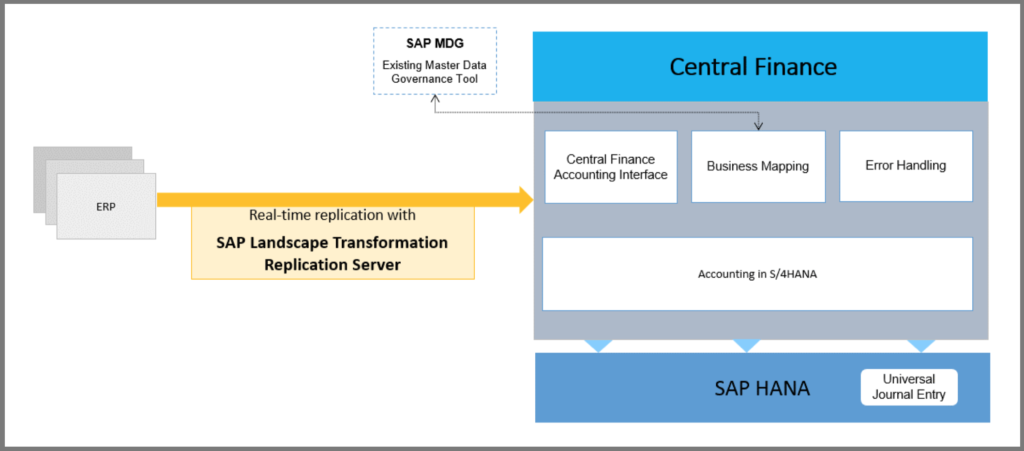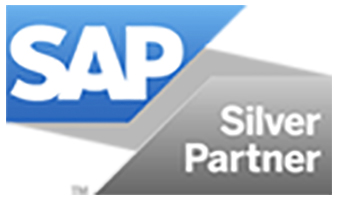From guest author Sven Wierzbicki. The third in our blog series on “How to Start your SAP S/4HANA Journey.”
Let’s say you live on the banks of the powerful river of doubts. You know there is a new world on the other side of the river–and one way to get there is by building a bridge! This bridge needs to be strong, architected to last. It has to be founded in modern technology to carry the road to the new world. Well, SAP Central Finance can be your bridge to S/4HANA! Today’s post will focus on bridging the gap between seamless operations and painless innovations …

It is completely understandable that organizations want to embrace stability of their R/3 systems as long as they can. There are many factors playing into this notion, from limited budgets over avoiding the bleeding edge to simply the fear of making the wrong decision. The list of deterrents is lengthy. Also, the road map to S/4HANA needs to put a construct in place that lasts for 15-20 years to come.
That’s where SAP Central Finance comes into the picture:

Photo credit: SAP
Implementing something that supplements, rather than disrupts, operations can be a good option to “dip the toe,” so to speak, instead of making a big splash. Central Finance can be that sidecar solution that exposes the IT organization to the new technology. The benefits are certainly worth mentioning: it provides an excellent learning opportunity, contributes to the building up of an experienced resource, and creates a strong new foundation, while at the same time delivering new capabilities to the business.
Consider the following tangible benefits of SAP Central Finance:
- Systems Harmonization & Data Intake – Assuming that you have a systems environment that contains both SAP and non-SAP systems, SAP Central Finance offers a place to harmonize and centralize your financial data across the entire organization, with simplified and standardized interfaces and a robust platform for data transformation. It gives you the ability to elevate the level of systems integration after the fact, providing a cleaner set of data for central planning, processing, reporting, and financial consolidations.
- Reporting Capabilities – Regardless of the limited or diverse capabilities of the operational ERP systems, you can create homogeneous financial reporting by utilizing the strength of the new unified journal, enabling centralized profitability and profit center reporting right out of the box. Beyond that, the now harmonized data set can serve as input to the more sophisticated Business Intelligence tool sets like BW or BPC.
- Operational Centralization – While not yet perfect, the Central Finance system already has multiple functions available that play right into the concepts of shared services and business optimization. Noteworthy are the central payment option and certain tax features like tax withholding for centralized payments.
Allow Vortex Consulting to assist you in implementing your SAP Central Finance system. We can help you start your S/4HANA journey without breaking the bank, focusing on these key actions:
- Building a bridge to the new world of the S/4HANA technology
- Educating your IT staff on the new capabilities and functionality
- Delivering meaningful business features to your finance department & C-suite
In our next post, we’ll address the “Operations First” option for an SAP S/4HANA implementation, talking about a head-on approach that uses operations as the starting point. Click here to catch up on our first post in the series, “How to Start Your SAP S/4HANA Journey: Three Unique Approaches.” And be sure to get involved in the conversation on Twitter–you’ll find us here: https://twitter.com/VortexConsultng.




